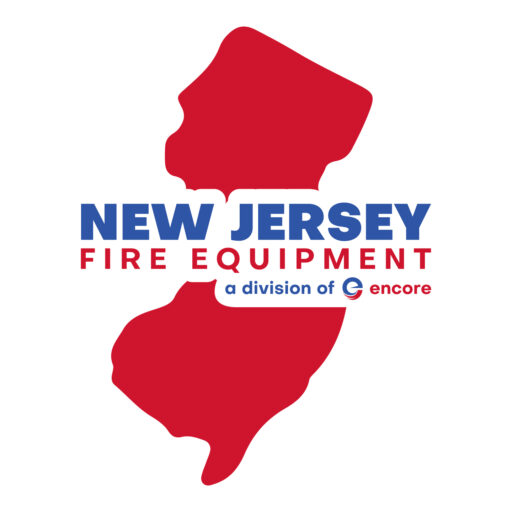A class D fire extinguisher for various metals
There are several Class D fire extinguisher agents available, some will handle multiple types of metals, others will not.
- Sodium Chloride (Super-D, Met-L-X or METAL.FIRE.XTNGSHR) -contains sodium chloride salt and thermoplastic additive. Plastic melts to form an oxygen-excluding crust over the metal, and the salt dissipates heat. Useful on most alkali metals including sodium and potassium, and other metals including magnesium, titanium, aluminum, and zirconium.
- Copper based (Copper Powder Navy125S) -developed by the U.S. Navy in the 70s for hard-to-control lithium and lithium-alloy fires. Powder smothers and acts as a heat sink to dissipate heat, but also forms a copper-lithium alloy on the surface which is non-combustible and cuts off the oxygen supply. Will cling to a vertical surface-lithium only.
- Graphite based (G-Plus, G-1, Lith-X, Pyromet or METAL.FIRE.XTNGSHR) -contains dry graphite that smothers burning metals. First type developed, designed for magnesium, works on other metals as well. Unlike sodium chloride powder extinguishers, the graphite powder fire extinguishers can be used on very hot burning metal fires such as lithium, but unlike copper powder extinguishers will not stick to and extinguish flowing or vertical lithium fires. Like copper extinguishers, the graphite powder acts as a heat sink as well as smothering the metal fire.
- Sodium carbonate based (Na-X)-used where stainless steel piping and equipment could be damaged by sodium chloride based agents to control sodium, potassium, and sodium-potassium alloy fires. Limited use on other metals. Smothers and forms a crust.
- Some water based suppressants may be used on certain class D fires, such as burning titanium and magnesium. Examples include the Fire Blockade and FireAde brands of suppressant. Some metals, such as elemental Lithium, will react explosively with water, therefore water-based chemicals should never be used on such fires due to the possibility of a violent reaction.
Most Class D extinguishers will have a special low velocity nozzle or discharge wand to gently apply the agent in large volumes to avoid disrupting any finely divided burning materials. Agents are also available in bulk and can be applied with a scoop or shovel.
